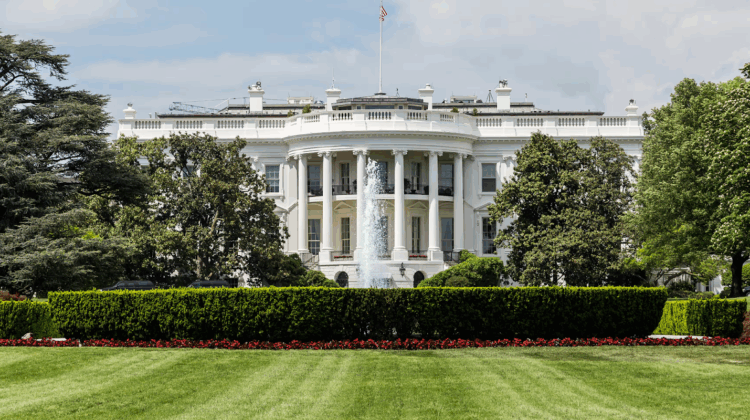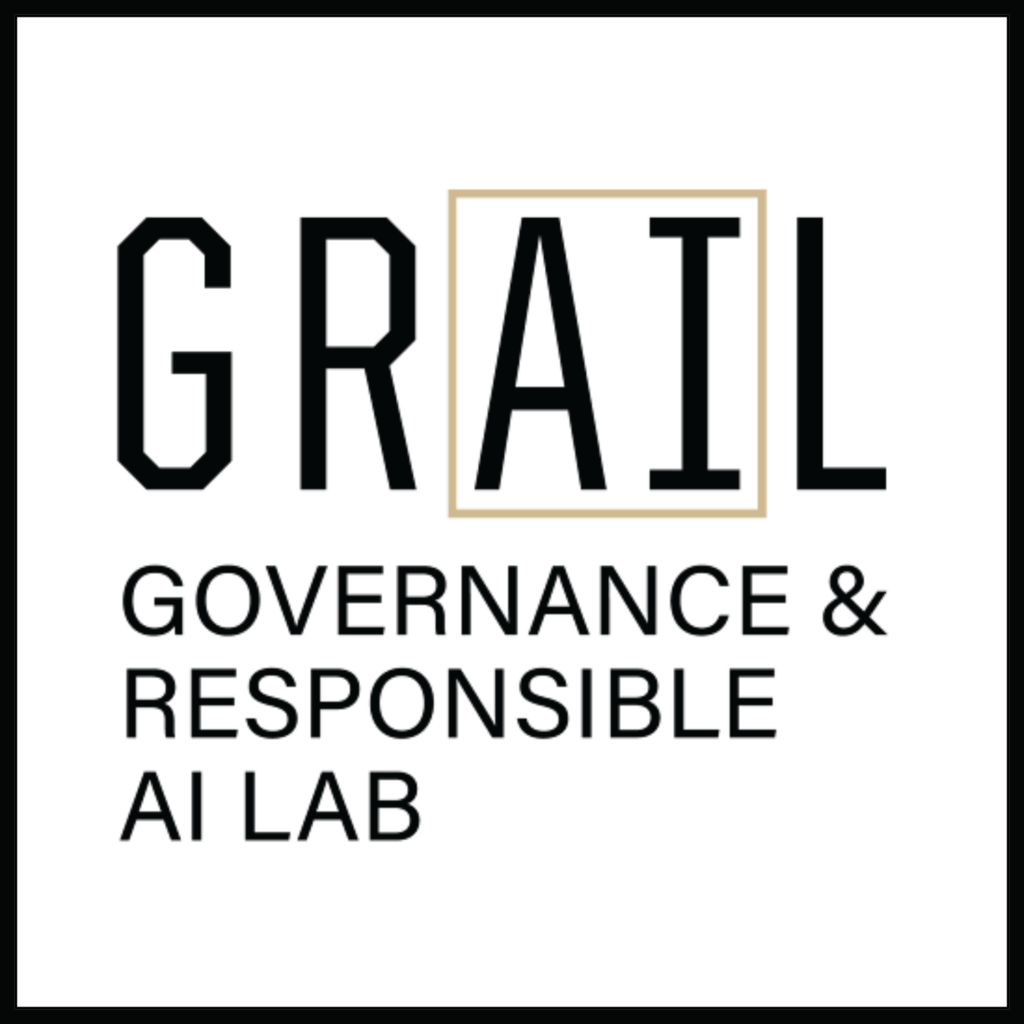

✍️By Matthew Catani.
Matthew is an undergraduate student in Artificial Intelligence and a Research Assistant at the Governance and Responsible AI Lab (GRAIL), Purdue University.
📌 Editor’s Note: This article is part of our AI Policy Corner series, a collaboration between the Montreal AI Ethics Institute (MAIEI) and the Governance and Responsible AI Lab (GRAIL) at Purdue University. The series provides concise insights into critical AI policy developments from the local to international levels, helping our readers stay informed about the evolving landscape of AI governance. This piece analyzes the White House’s 2025 AI Action Plan.
America’s AI Action Plan
On July 23, 2025, the White House released its AI Action Plan for 2025, following President Trump’s executive order in January mandating the development of a proposal to “sustain and enhance America’s global AI dominance”. The document establishes an array of goals the administration hopes to achieve, along with recommended policy actions for each. These goals are organized under three pillars: Accelerate AI innovation, Build American AI infrastructure, and Lead in international AI diplomacy and security. This article will discuss the major elements of each, and what this document means for the future of AI in America as a whole.
Pillar I: Accelerate AI Innovation
This section mainly deals with deregulation of AI systems and development, as well as supporting the expansion and adoption of such systems. Beginning with the former, the plan advises the revising or repealing of laws or other official material that hinders AI development, per Executive Order 14192 “Unleashing Prosperity Through Deregulation”. It also encourages revising the National Institute of Standards and Technology (NIST) AI Risk Management Framework to remove references to concepts such as misinformation, DEI (diversity, equity, and inclusion), and climate change. On the topic of support, the document pushes for investment in improving AI datasets and evaluation, and encourages the adoption of AI in business and government, with special importance being given to the Department of Defense.
Pillar II: Build American AI Infrastructure
This section is focused less on the AI systems themselves, and more on the material and resources needed to power the industry. This involves reducing environmental regulations that might impede the construction of data centers and energy infrastructure, such as the Clean Air Act, the Clean Water Act, and other related laws. It also encourages improving semiconductor production through the Department of Commerce, and training the workforce on AI usage and infrastructure through the Department of Labor (DoL). These DoL programs are to range from educating current workers to training middle and high school students through pre-apprenticeship programs. The section further advises securing America’s critical AI infrastructure through cybersecurity improvement and policy development.
Pillar III: Lead in International AI Diplomacy and Security
While the previous sections deal with AI policy in the United States, this section is concerned with America’s role in the growth and use of AI in the international arena. Much of this is dedicated to controlling the export of vital AI systems and enablers (such as semiconductors). It encourages providing such resources to U.S. allies and aligning global AI policy with the ideals of the United States. This is to be done specifically in concert with opposing the growing influence of China on the world stage.
Overall Impact
Altogether, this document demonstrates the position of the current administration as being heavily interested in the development and success of AI. Much of the plan involves stripping down regulations on AI itself or factors that may inhibit its growth, while promoting industry growth and government adoption of AI. If this course remains steady, we can expect to see AI become a far greater element of American industry, and witness its extensive use in governmental operations.
Further Readings
